Hot Sauces have been around since humans started eating chili peppers, and popular since someone figured out how good they taste. In fact, the Aztecs are known to be the first group to use chili peppers as long as 9000 years ago. They used the peppers not just for flavor, but for medicinal purposes and warfare (pepper spray).
Some wonder how peppers spread from South America and the Caribbean, where peppers are native, to areas such as America and Europe. According to The Great Hot Sauce Book by Jennifer Thompson, Christopher Columbus brought peppers to America and Europe to preserve meats. Europeans called them peppers, because they were similar to the then-popular black pepper, but were unlike any other food known at the time.
Over the next few hundred years, chili peppers were planted all over the world and were introduced into western cuisine. In the early 1800s, it would not be unusual for you to come across an advertisement for a cayenne pepper sauce. The first bottled cayenne sauces were founded in Massachusetts in 1807. One of the first popular sauces was Tabasco, which Edmund McIhenny began producing in 1868 in Avery Island in Louisiana. Today, Tabasco is now sold in over 180 countries and packed in 22 different languages.
Shortly after, other hot sauces began springing up such as Franks’ Louisiana Red Hot Sauce in 1920 and Crystal Hot Sauce in 1923. Other sauces from that era that remain popular include brands like Bruce Foods Original Sauce and La Victoria Salsa Brava.
Hot Sauces were often defined by geographical locations 100 years ago, due to the availability of ingredients and cooking traditions. Today, regional distinctions have become blurred, as people take their culinary traditions with them to new countries, and fresh exotic produce is available worldwide.
In the late 1980s, sauces began to move more mainstream. Hot Sauce sommeliers like Le Saucier in Boston and events like the National Fiery Foods Show in Texas allowed hot sauce fanatics and company owners to get new ideas, share/exchange pepper varieties and compare sauces. Some people tried to make the hottest sauce, while others focused on flavors from very specific peppers like theDatil pepper.
Today hot sauce is a $1.1 billion industry in the United States alone, which is greater than all other condiment sales combined. Some of the first hot sauces produced in the United States remain a-top the hot sauce sales numbers, but hundreds of new hot sauce companies are created each year. Chili fanatic Vic Clinco has a collection of over 6,000 bottles which goes to show how much of a passion it is for people, and also how many companies are out there.
Like microbreweries and farm to table for foods, hot sauce too is now going through a renaissance. Cutting edge hot sauce companies now have an emphasis on local farm produce, and using all natural ingredients. Not only are farmers growing their own peppers and experimenting with pepper hybrids, but craft hot sauce makers are experimenting with their own take on recipes, using fruits, and organic vinegars. In the early 2000’s, many hot sauce companies were trying to make sauces with the most heat, but now hot sauce crafters are trying to make sauces with the most flavor. Hot sauce has come so far in the past decade, and it is exciting to see what comes next!
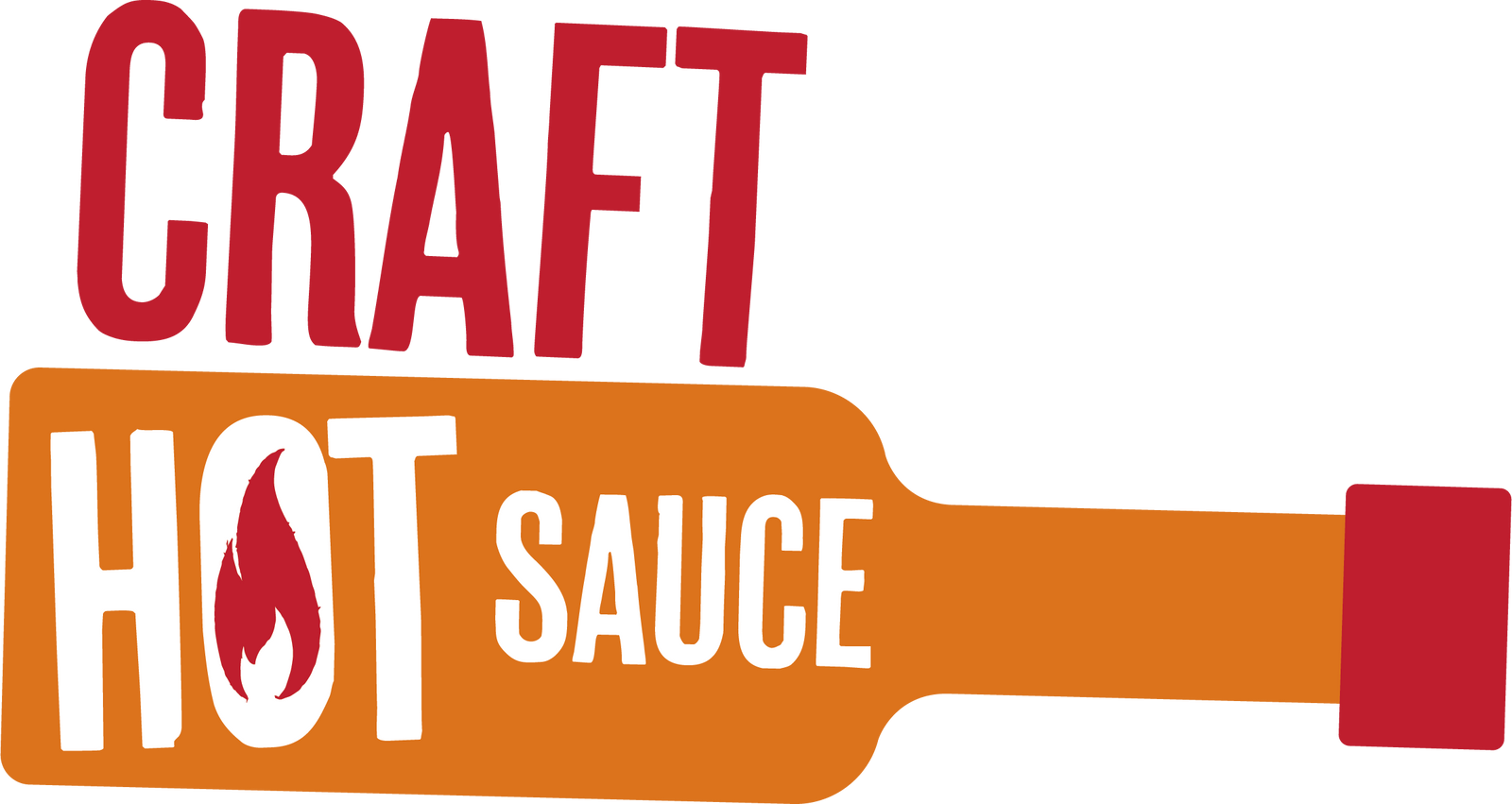

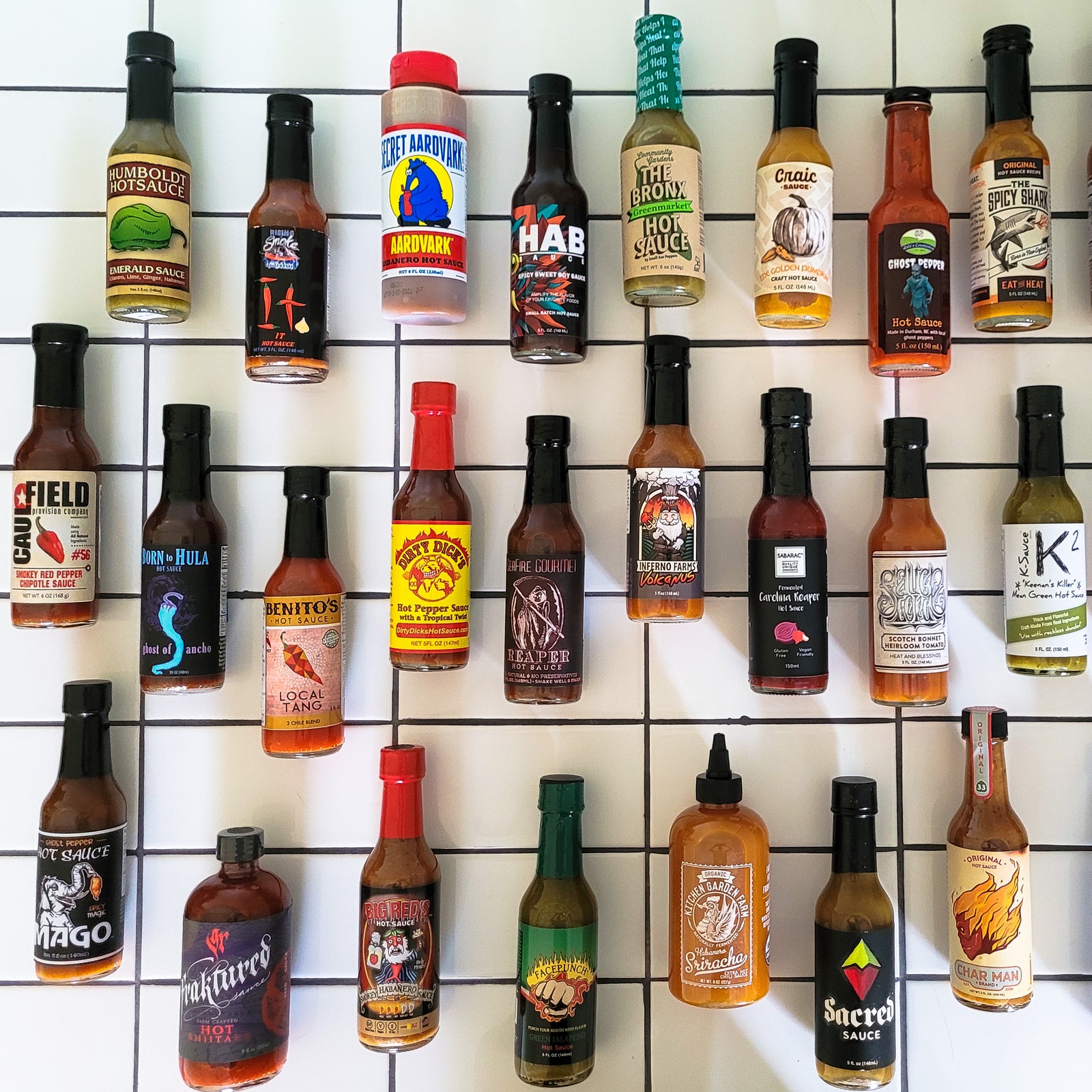
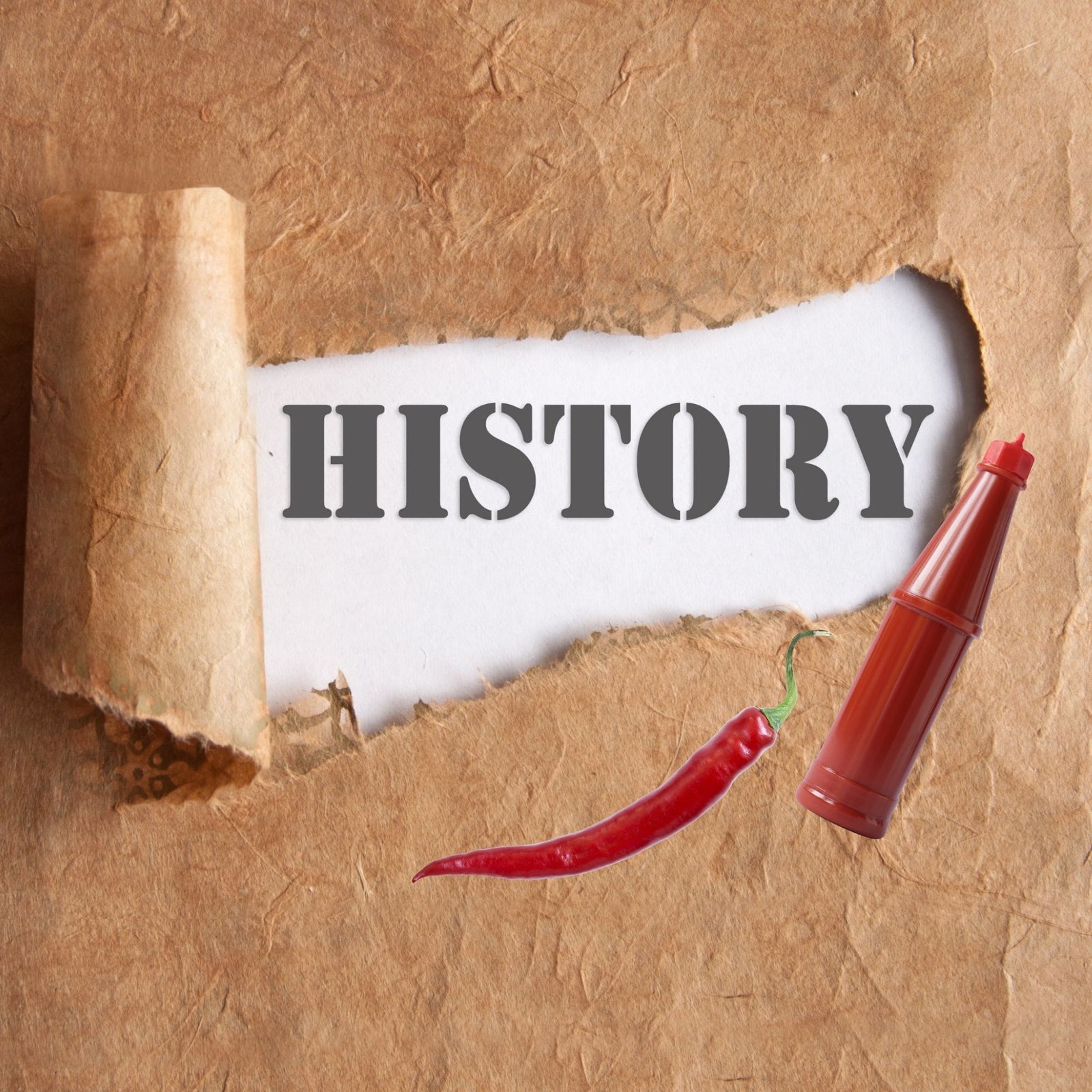
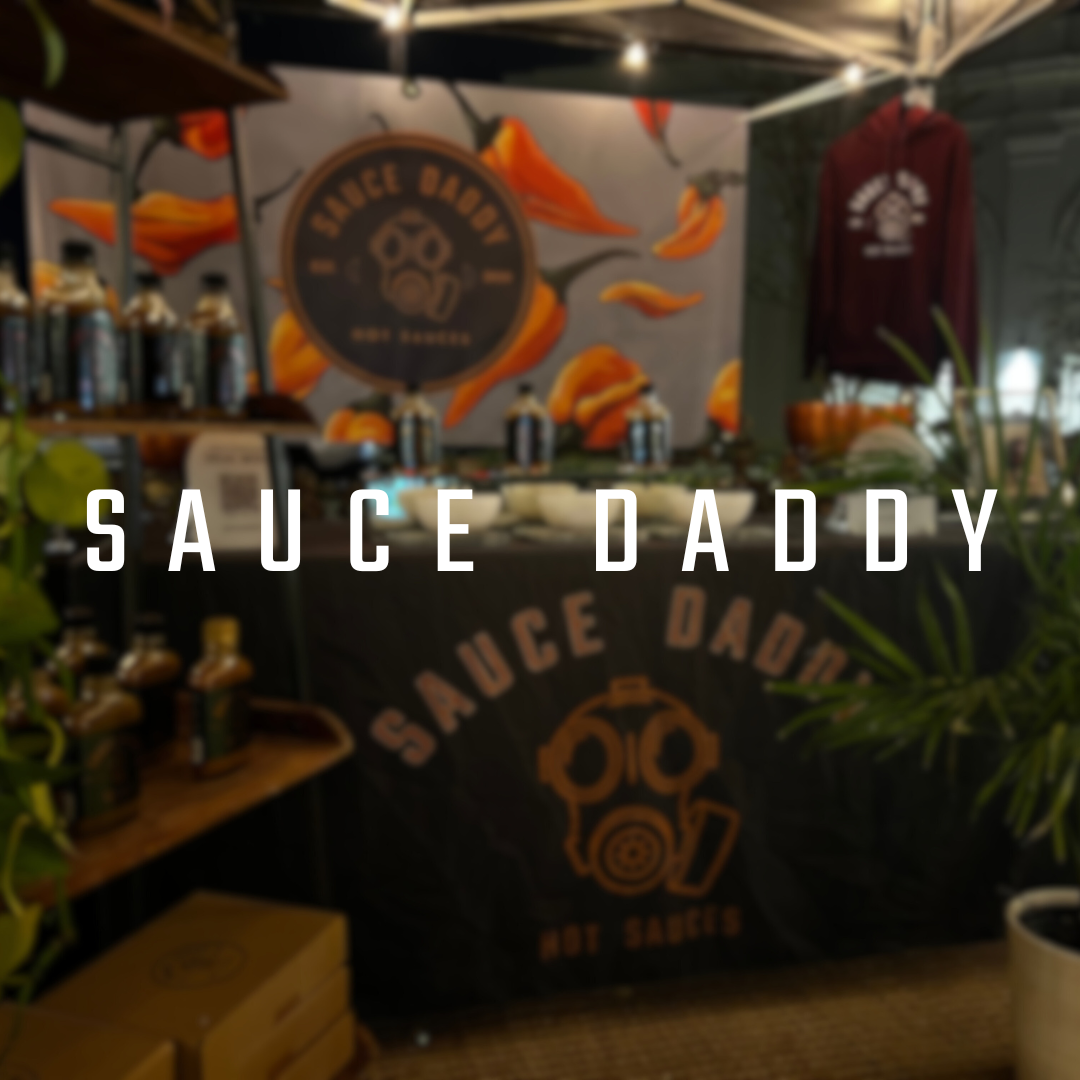

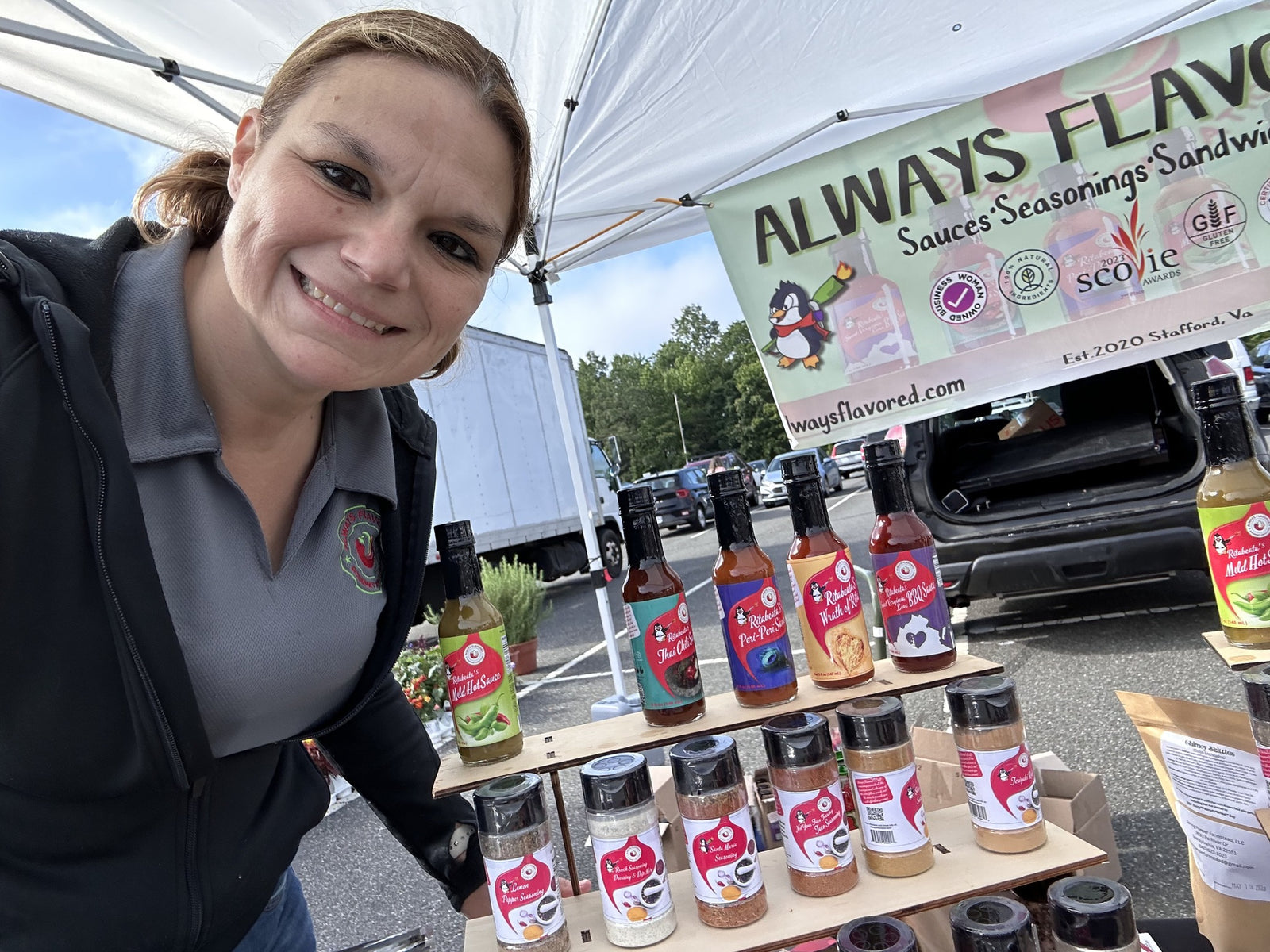
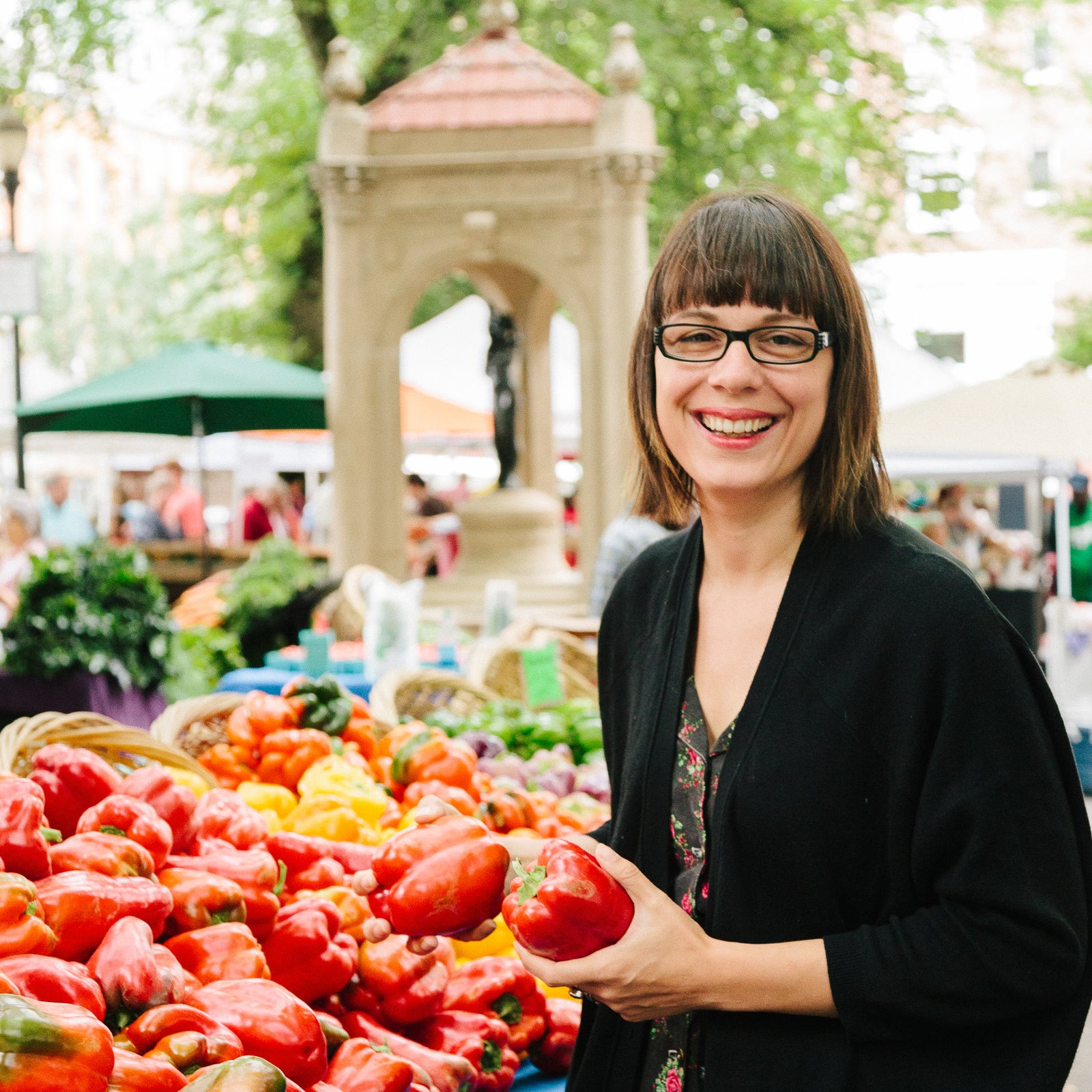
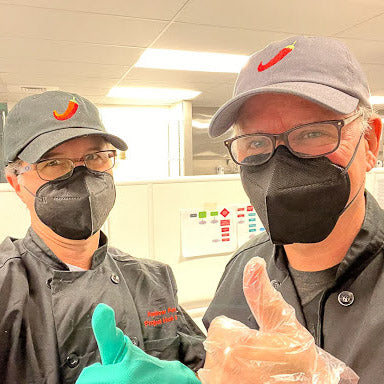
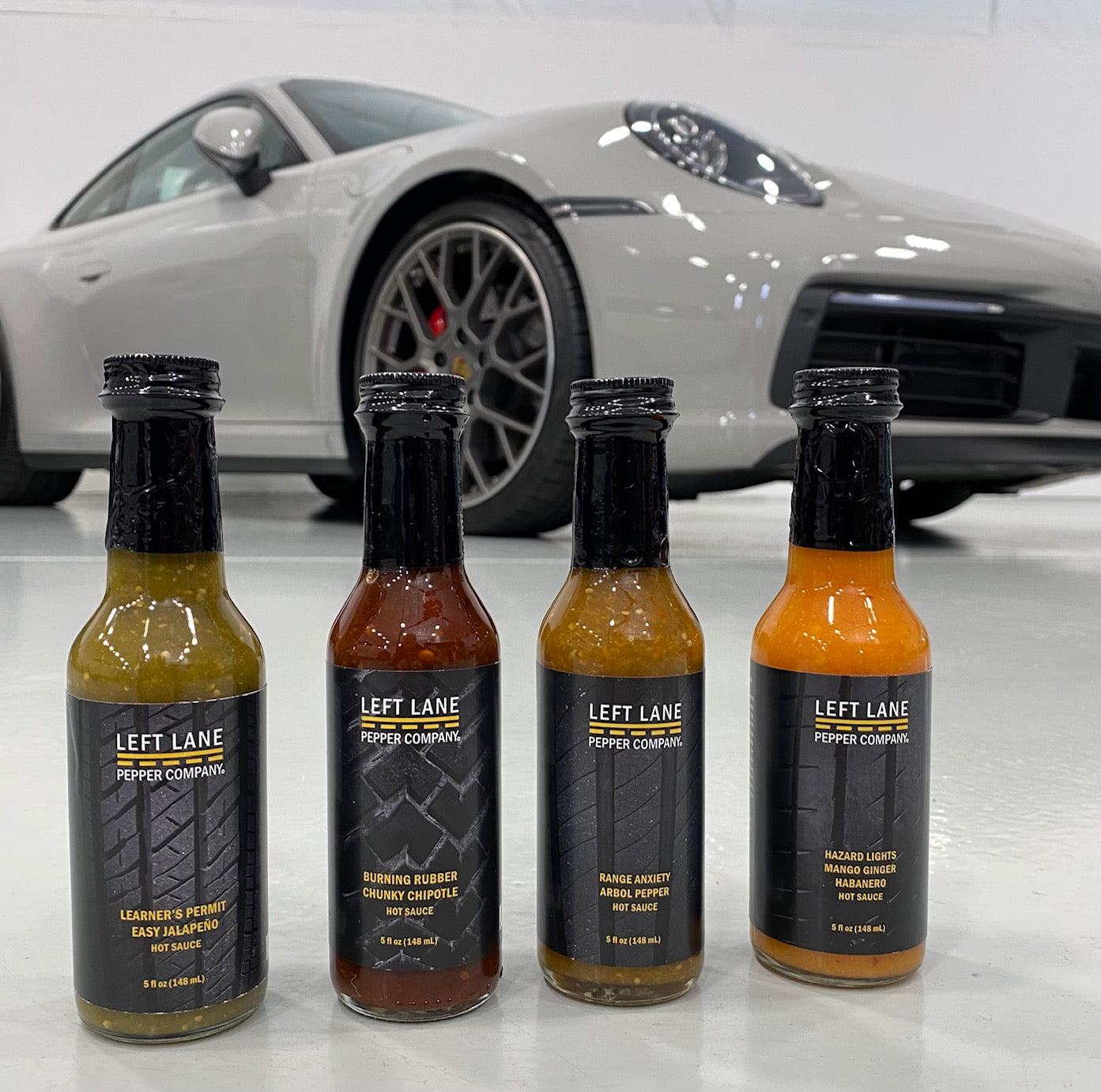
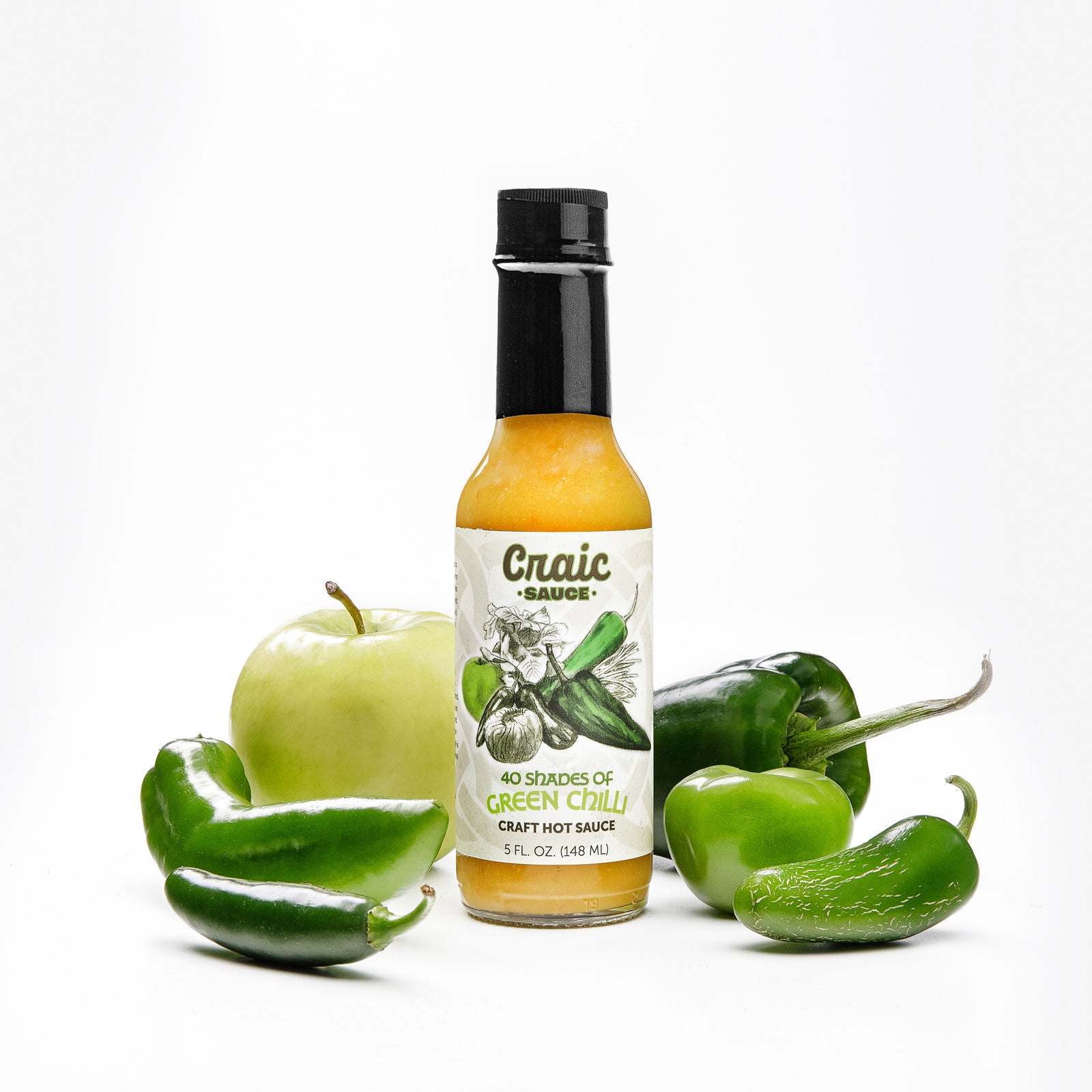
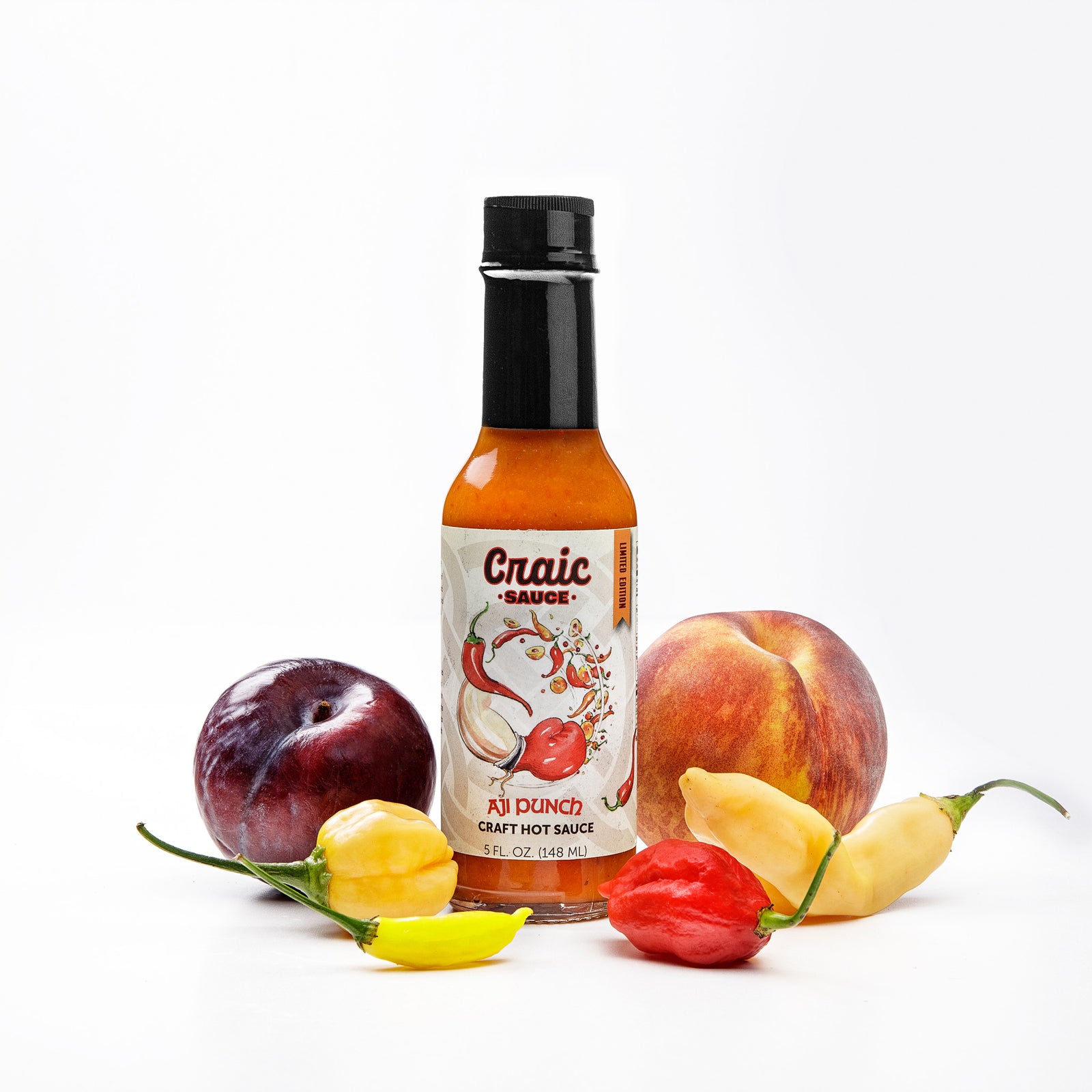
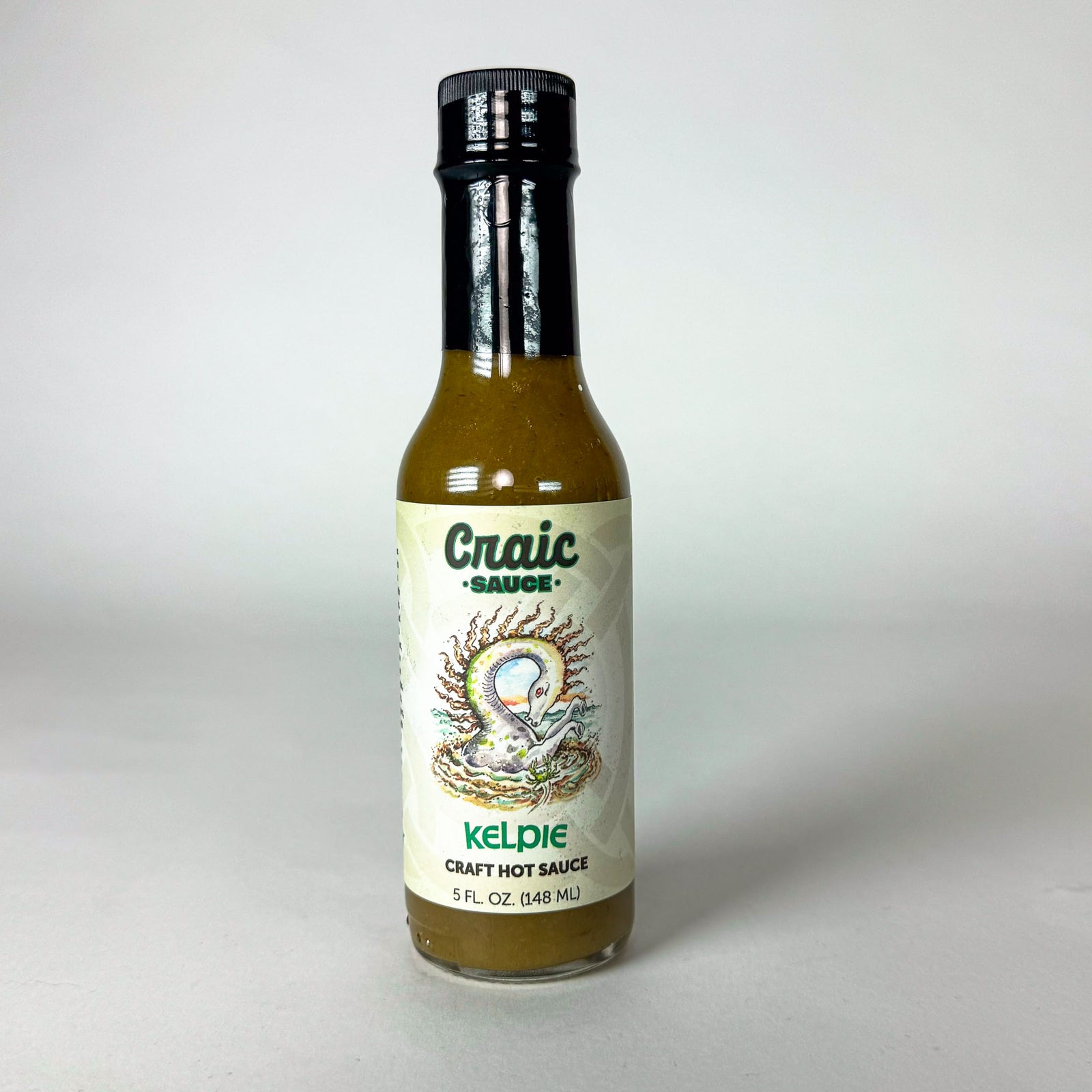
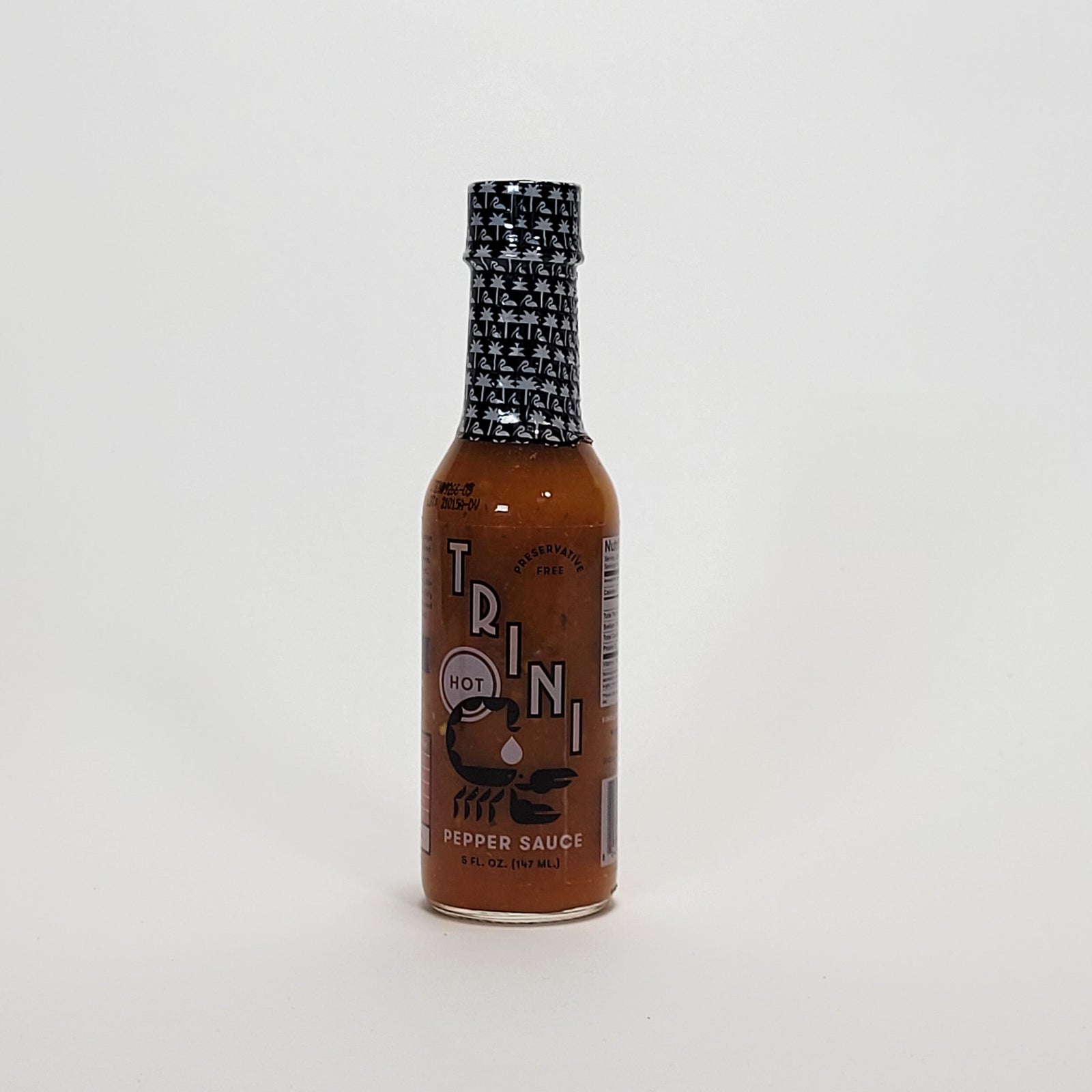
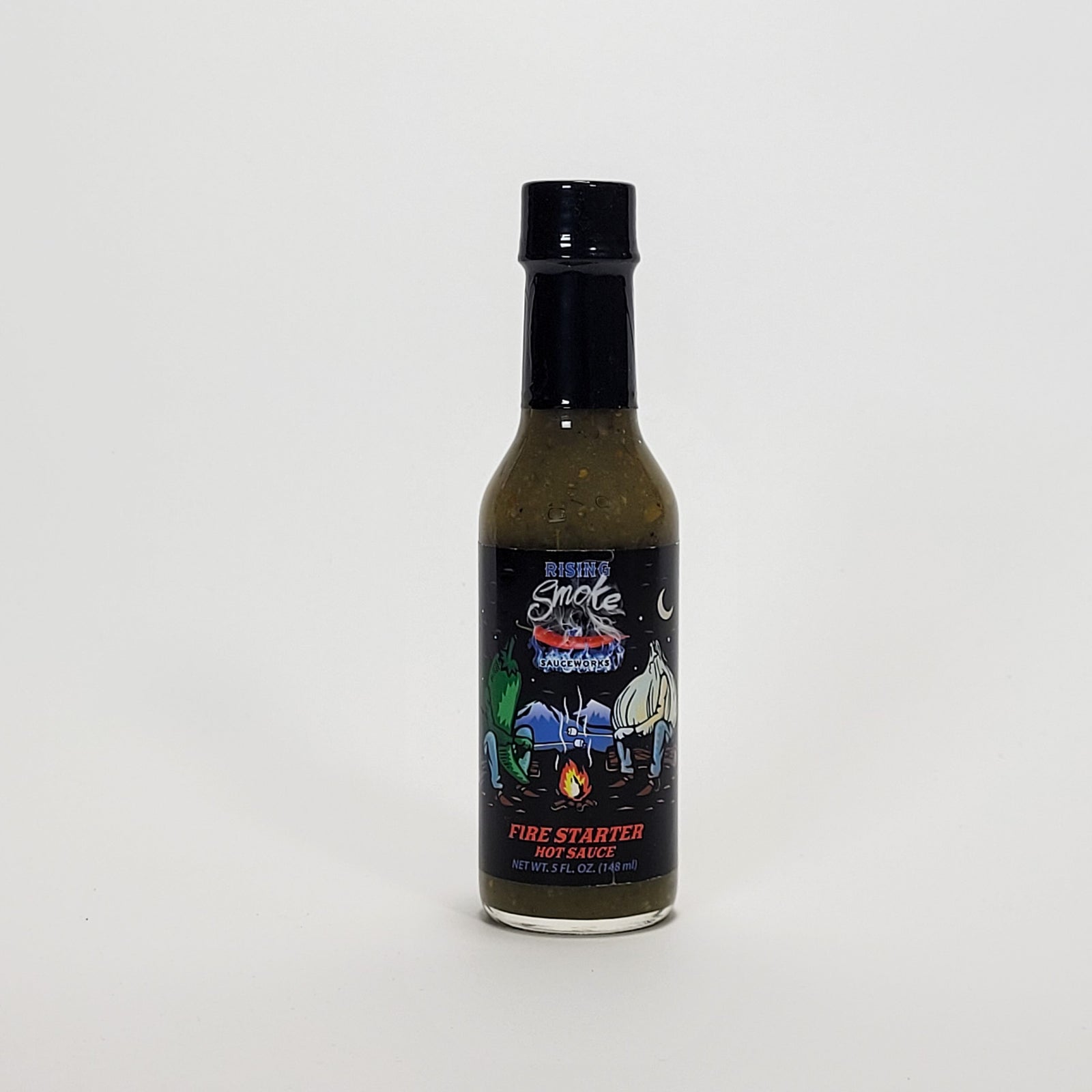
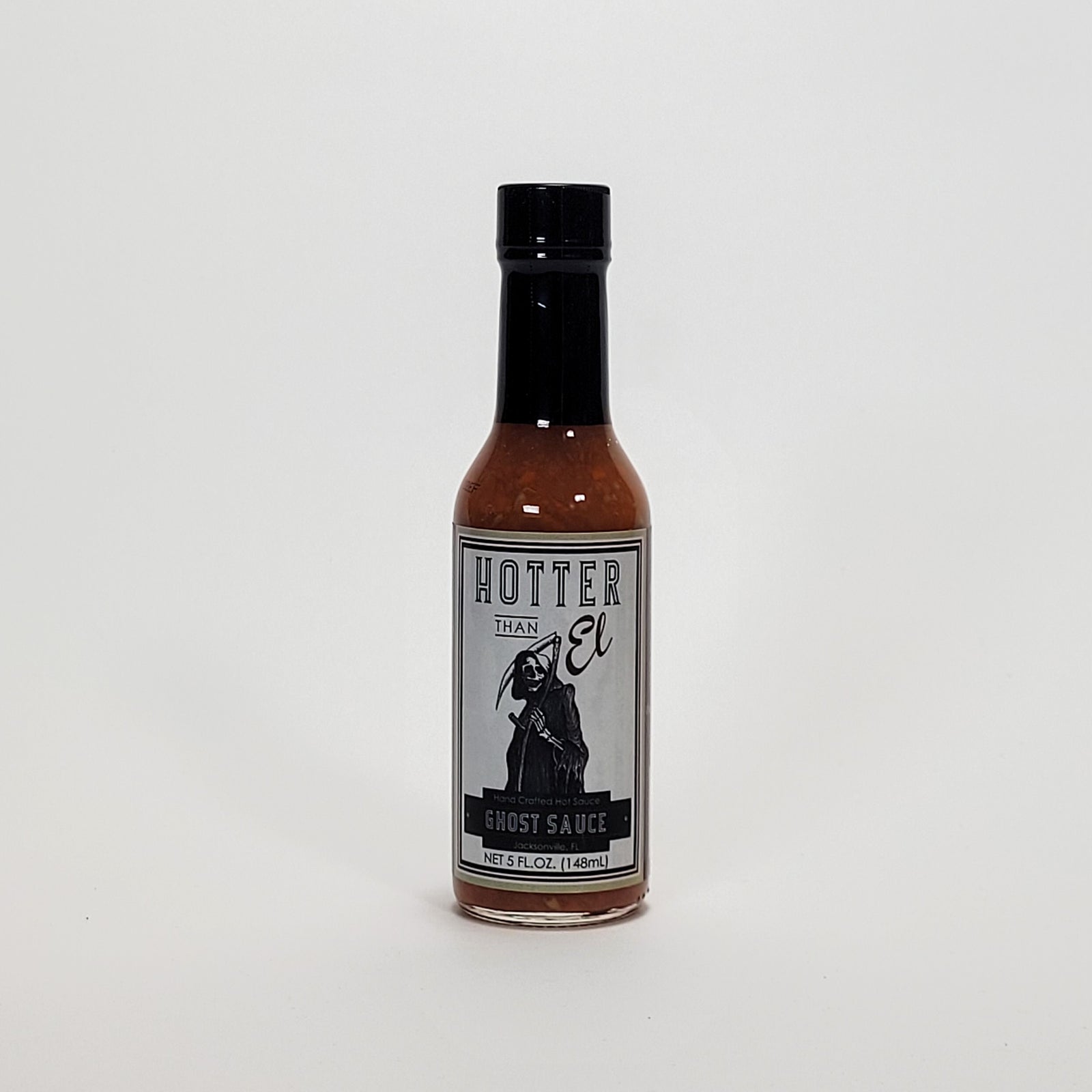
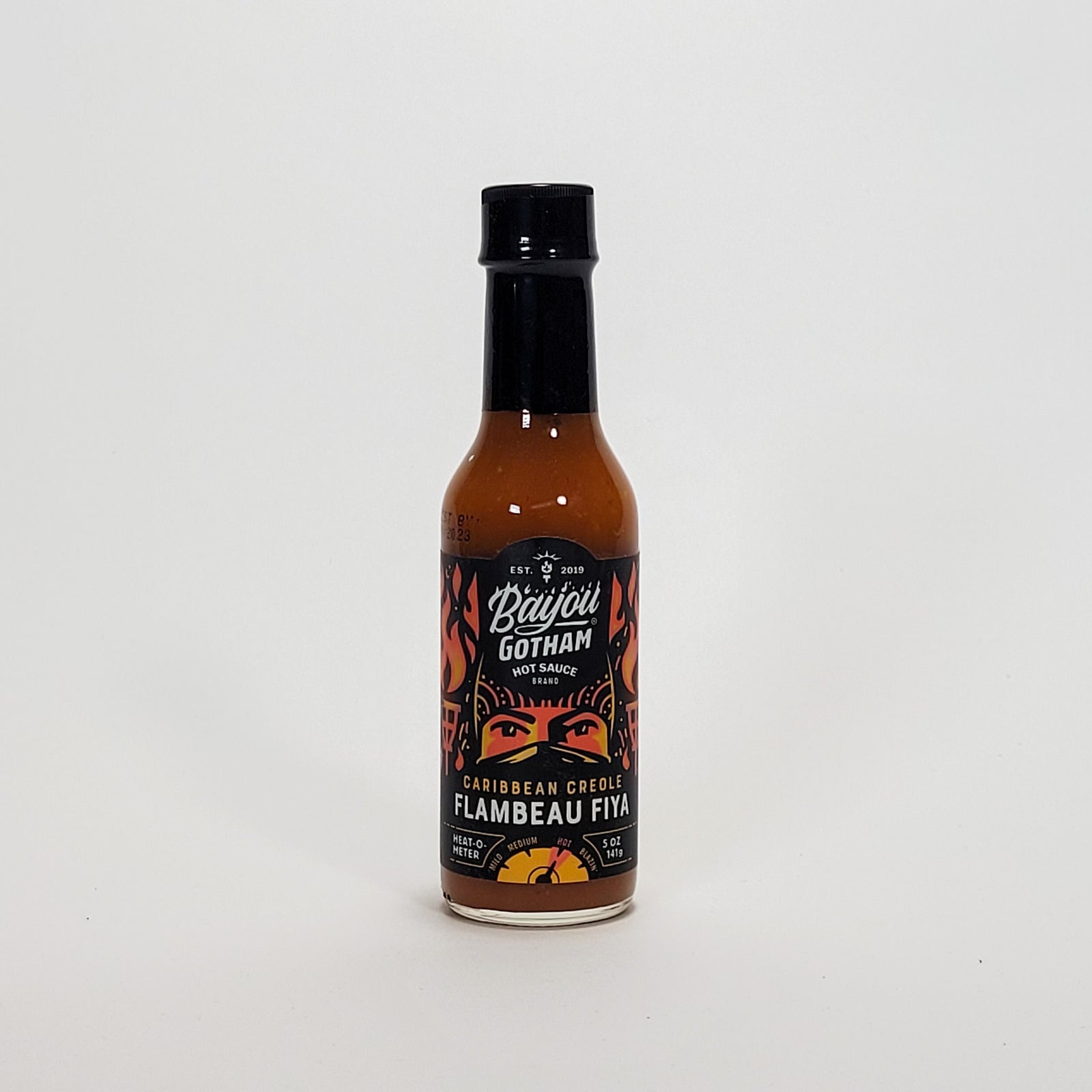
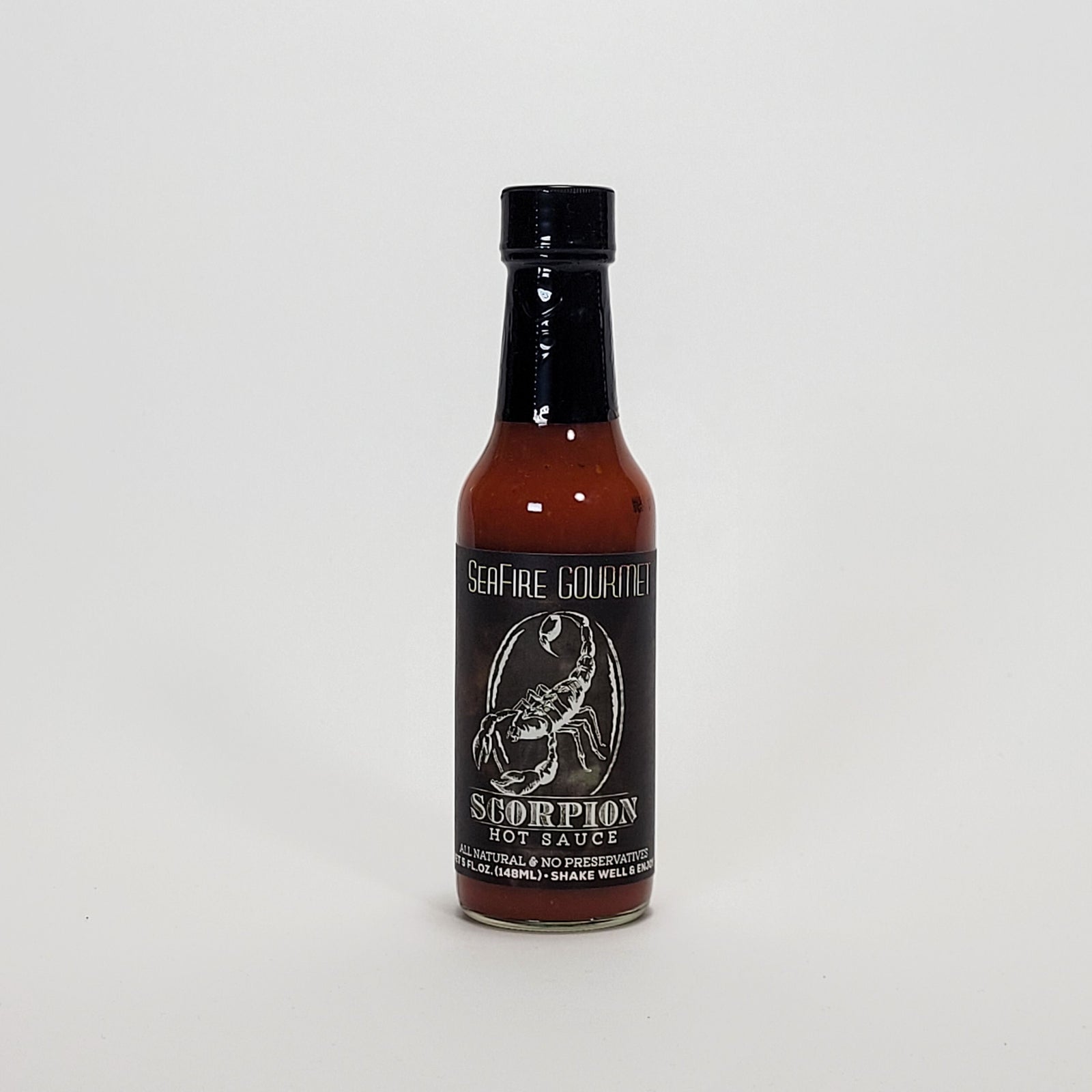
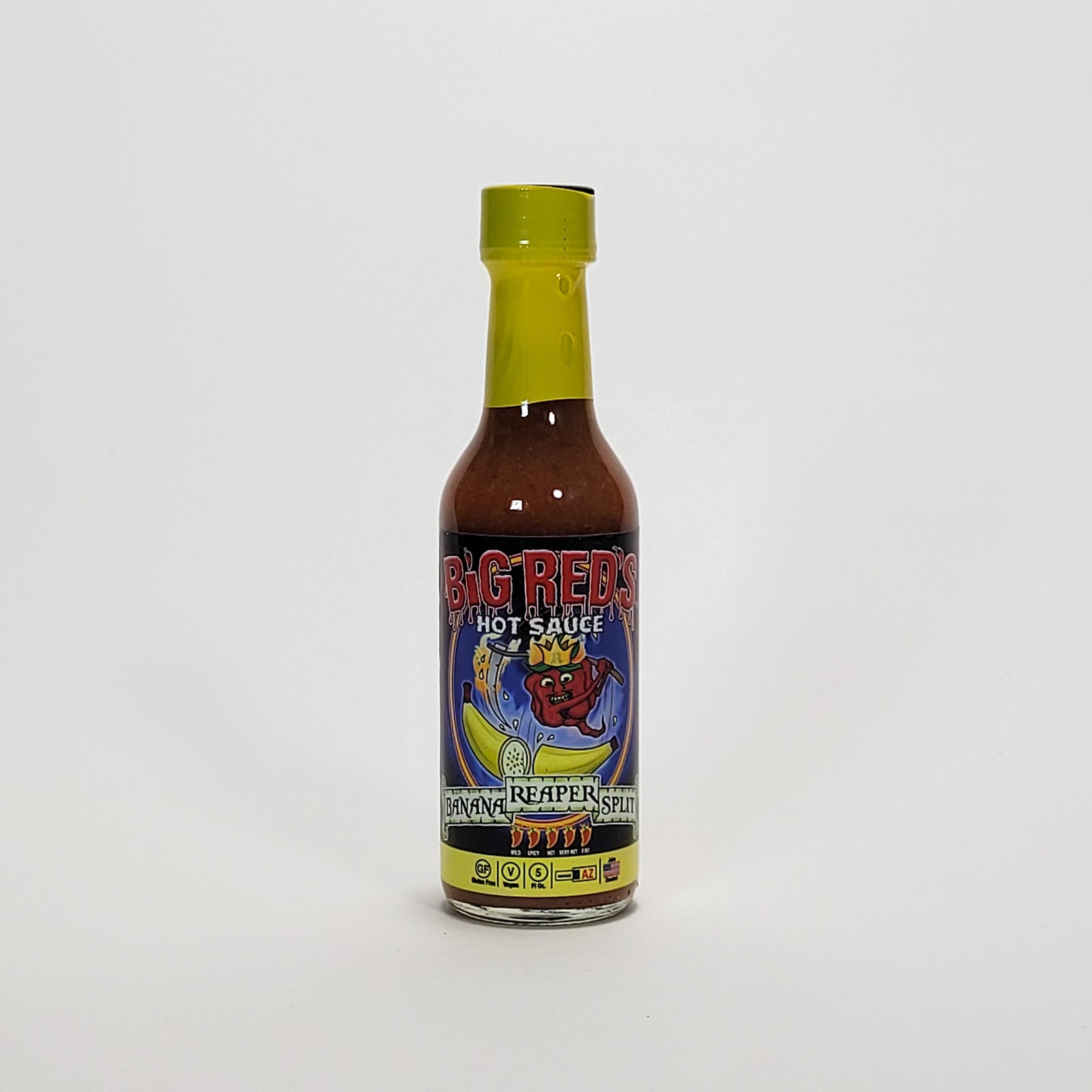
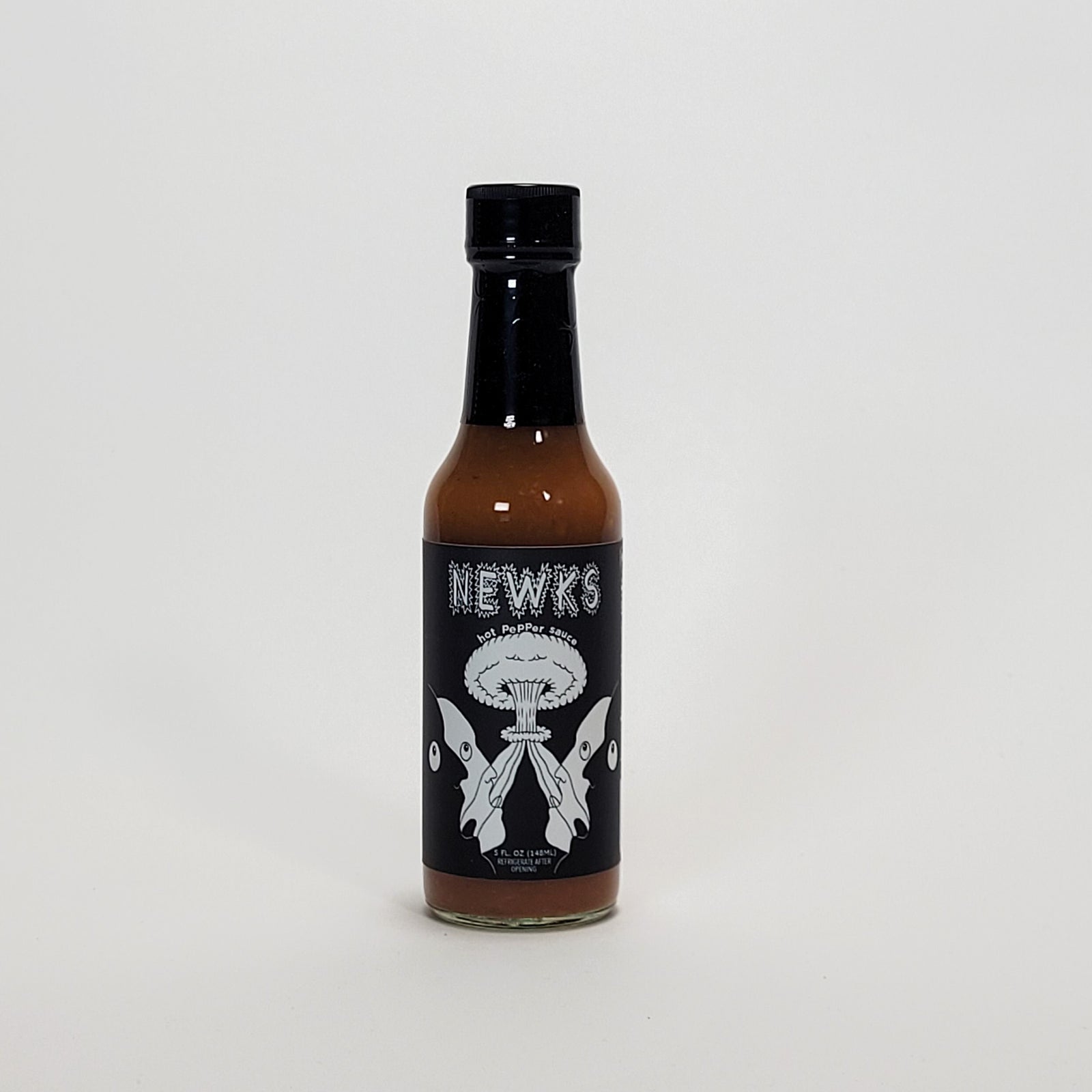
Leave a comment (all fields required)